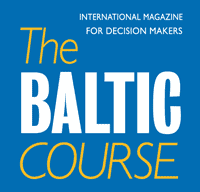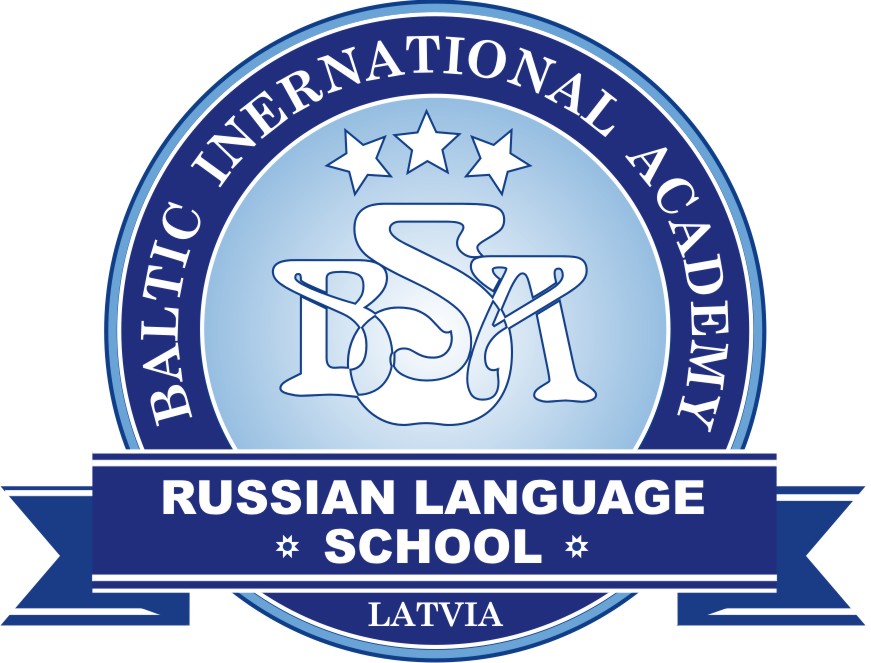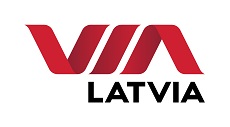Other events in Baltic States
International Internet Magazine. Baltic States news & analytics
Saturday, 05.07.2025, 08:50
Exhibition of Estonia’s first group of avant-garde artists opens at Kumu
 Print version
Print version
On Friday, 31 August, the exhibition Geometrical Man. The Group of Estonian Artists and Art Innovation in the 1920s and 1930s will open at the Kumu Art Museum. Works from the Estonian and Latvian national collections and those of private collectors provide a survey of the history of the development of the Group of Estonian Artists, Estonia’s first group of avant-garde artists. The exhibition is accompanied by a richly illustrated book in Estonian and English. As an innovation, additional information about the works is available on QR codes, which were prepared in cooperation with EMT.
“For the artists in the Group of Estonian Artists, works of art were independent organisms, which were based on the mutual relations between lines, colours and surfaces,” reported BC Liisa Pählapuu, the exhibition curator. “The artists’ semi-utopian objective was a wish to reshape the everyday environment; instead of national boundaries that isolated people, they searched for that which was common to all humankind.” Valdo Kalm, the chairman of Kumu’s long-time supporter EMT, said that, just like the innovation-seeking artists in the Group of Estonian Artists, Kumu also searches for new innovative possibilities with every exhibition. “The current exhibition utilises QR codes to provide additional information on the works of art – a solution that has not been used to date in art exhibitions.” The Group of Estonian Artists (EKR) was established in 1923. The EKR was the first group of artists in Estonia focused on the avant-garde. Its most active creative period was in the 1920s, when many outstanding cubist-geometrical works were created in the fields of painting, graphic arts, stage arts and sculpture, as well as book and applied design.
Paintings by almost 60 of the most important EKR artists – Jaan Vahtra, Eduard Ole, Friedrich Voldemar Hist, Juhan Raudsepp, Felix Randel, Märt Laarman, Arnold Akberg and Henrik Olvi – are included in the exhibition, along with the works of other artists who shared similar creative ideas. The exhibition includes more than 50 works of graphic art and drawings. Nineteen of the paintings on exhibit were produced by the members of the Group of Riga Artists – Oto and Uga Skulme, Romans Suta, Aleksandra Beļcova, Niklāvs Strunke and others – who were associated with the EKR. The EKR focused on the internationalism of art, and searched for substance in art that was based on new principles and the contemporary spirit of reinterpreting the visual environment. Initially, the EKR operated primarily in southern Estonia, but soon contacts were established with the Group of Riga Artists, who focused on Cubism. In 1924 joint exhibitions were organised in Tartu and Tallinn. The EKR also came in close contact with innovative theatrical and literary circles that also wished to implement international artistic ideas that perceived people in the present.
The exhibition was designed by Tõnis Saadoja, and Angelika Schneider designed the book and provided the graphic solution for the exhibition.
The book accompanying the exhibition examines the work of the artists who belonged to the group, by providing a glimpse into the development of its most important artists. A survey is also provided of the EKR in the context of the contemporary international art trends and avant-garde aspects of Estonian literary life which were the trend-setters. The articles were written by the exhibition curator Liis Pählapuu, the literary scholar Tiit Hennoste and Vojtěch Lahoda, Professor of Art History from Czechoslovakia.
The exhibition Geometrical Man. The Group of Estonian Artists and Art Innovation in the 1920s and 1930s will be open at the Kumu Art Museum until 6 January 2013.









 «The Baltic Course» Is Sold and Stays in Business!
«The Baltic Course» Is Sold and Stays in Business!

